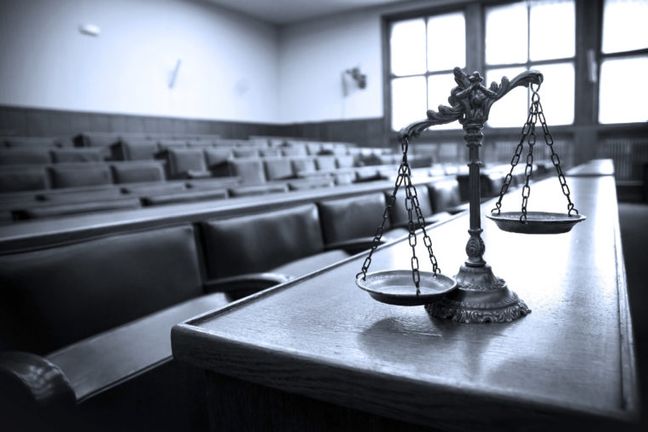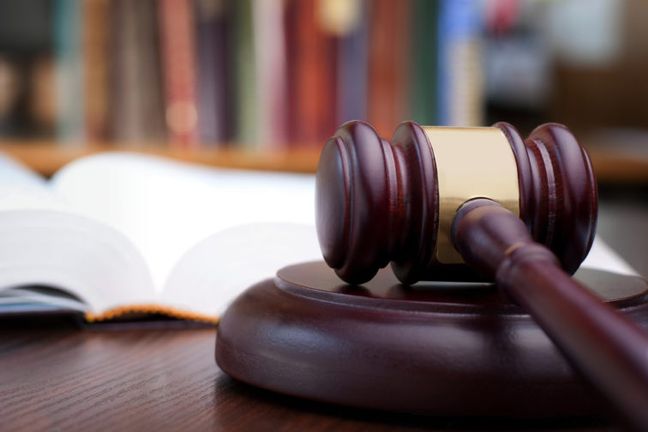In California, when someone is killed due to the reckless, negligent, or intentional act of another, a wrongful death action could be brought against the tortfeasor(s).
Wrongful Death Action
Under California Code of Civil Procedure Section 377.60, a cause of action for the death of a person caused by the wrongful act or neglect of another may be asserted by any of the following persons or by the decedent’s personal representative on their behalf:
-
- The decedent’s surviving spouse, domestic partner, children, and issue of deceased children, of, if there is no surviving issue of the decedent, the persons, including the surviving spouse or domestic partner, who would be entitled to the property of the decedent by intestate succession.
- Whether or not qualified under subdivision (a), if they were dependent on the decedent, the putative spouse, children of the putative spouse, stepchildren, or parents.
- A minor, whether or not qualified under subdivision (a) or (b), if, at the time of the decedent’s death, the minor resided for the previous 180 days in the decedent’s household and was dependent on the decedent for one-half or more of the minor’s support.
This applies to any wrongful death cause of action arising on or after January 1, 1993.
Recoverable Damages in a Wrongful Death Action
Those person(s) who qualify under categories (a-c) of the California Code of Civil Procedure Section 377.60 can recover both economic and non-economic damages for their loss. However, one must first analyze how the economic and non-economic damages are to be measured so as to determine the proper period of recovery based on the decedent’s life expectancy.
Pursuant to California Civil Jury Instruction (“CACI”) 3921, in deciding a person’s life expectancy, the jury may consider, among other factors, the average life expectancy of a person of that age, as well as that person’s health, habits, activities, lifestyle, and occupation. Usually, the jury will use the life expectancy tables contained in Vital Statistics of the United States to determine this information. However, a jury is not bound by the figures contained in the life expectancy tables as some people live longer and others die sooner.
Economic Damages
CACI 3921 allows a plaintiff to recover the following economic damages:
-
-
- The financial support the decedent would have contributed to the family during the life expectancy that decedent had before death or the life expectancy of the plaintiff, whichever is shorter;
- The loss of gifts or benefits plaintiff would have expected to receive from decedent;
- Funeral and burial expenses; and
- The reasonable value of household service decedent would have provided.
-
Any economic damages award must be reduced to present cash value. This is required because money received now will, through investment, grow to a larger amount in the future. CACI 3904A.
Non-Economic Damages
CACI 3921 also allows for the recovery of non-economic damages for:
-
-
- The loss of love, companionship, comfort, care, assistance, protection, affection, society, and moral support provided by decedent;
- The loss of enjoyment of sexual relations (if applicable); and
- The loss of decedent’s training and guidance.
-
The jury is to decide this award based on their judgment as to what is a reasonable amount and their common sense. Unlike economic damages, the amount of any non-economic damages award should not be reduced to present cash value. When awarding non-economic damages, the jury is not to consider the plaintiff’s grief, sorrow, mental anguish, pain and suffering or the plaintiff’s poverty or wealth.
Conclusion
In a wrongful death actions, plaintiffs who fall under categories (a-c) of the California Code of Civil Procedure Section 377.60 can recover both economic and non-economic damages for their loss. Life expectancy for the decedent is a question of fact for the jury and they are not bound by the figures contained in the life expectancy tables. Further, any award of economic damages must be reduced to present value while any award of non-economics must not be. Finally, the jury is not to consider the plaintiff’s grief, sorrow, mental anguish, pain and suffering, or the plaintiff’s poverty or wealth when they award non-economic damages.
When defending claims for wrongful death, the careful practitioner will use motions to strike any claim for damages that falls outside those determined to be recoverable in these types of actions and will issue targeted discovery designed to undermine the claims of Plaintiff for the remaining claims for damages.

 Author: Christopher Schon
Author: Christopher Schon
 Cannabis Workers Allege Quota to Trim 4 Pounds a Day Violates the California Labor Code
Cannabis Workers Allege Quota to Trim 4 Pounds a Day Violates the California Labor Code
 The Ninth Circuit Reminds Us: Every Word Matters
The Ninth Circuit Reminds Us: Every Word Matters
 NO WAY, PRO SE! The Consequences of Abusing the Judicial System as a Pro Se Litigant in Colorado
NO WAY, PRO SE! The Consequences of Abusing the Judicial System as a Pro Se Litigant in Colorado
 Victim of Financial Mismanagement or Unlawful Retaliation? New Jersey City University Program Founder Claims School Retaliated After Reporting Alleged Sexual Harassment
Victim of Financial Mismanagement or Unlawful Retaliation? New Jersey City University Program Founder Claims School Retaliated After Reporting Alleged Sexual Harassment
 “Real Housewives” Gets a Reality Check
“Real Housewives” Gets a Reality Check
 Missing a Chapter: Insufficiency of Expert Deposition Testimony in Medical Malpractice Litigation
Missing a Chapter: Insufficiency of Expert Deposition Testimony in Medical Malpractice Litigation
 Crash Course: Why Summary Judgment Misses the Mark in Illinois Multi-Cause Limousine Crash Collision
Crash Course: Why Summary Judgment Misses the Mark in Illinois Multi-Cause Limousine Crash Collision
 Bitter Truths: Lead, Cadmium, and Defective Pleadings in California Chocolate Class Action
Bitter Truths: Lead, Cadmium, and Defective Pleadings in California Chocolate Class Action
 The Law of Unintended Consequences: Including Insurance Brokers in Litigation Strategy Communication May Waive the Attorney-Client Privilege
The Law of Unintended Consequences: Including Insurance Brokers in Litigation Strategy Communication May Waive the Attorney-Client Privilege
 Protecting Your Client by Way of a Protective Order
Protecting Your Client by Way of a Protective Order
 Survival Actions in California: When a Tortious Act Causes Death, Who Can Recover What?
Survival Actions in California: When a Tortious Act Causes Death, Who Can Recover What?
 Going the Distance with Requests for Admissions
Going the Distance with Requests for Admissions
 California’s Post-Judgment Satisfaction Procedure
California’s Post-Judgment Satisfaction Procedure
 Beginning From the End: Post Trial Proceedings in California
Beginning From the End: Post Trial Proceedings in California
 Defending the Mild Traumatic Brain Injury Case in California
Defending the Mild Traumatic Brain Injury Case in California
 Using the Sword – Offers of Judgment in Nevada
Using the Sword – Offers of Judgment in Nevada
 Tis’ the Season for Social Host Liability in California
Tis’ the Season for Social Host Liability in California